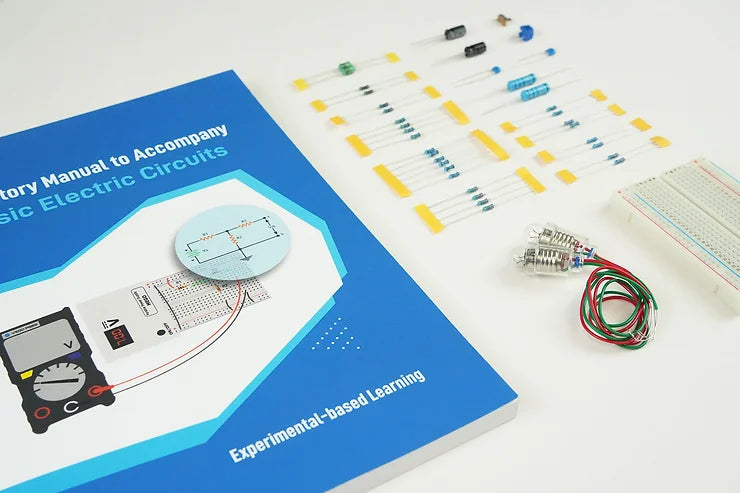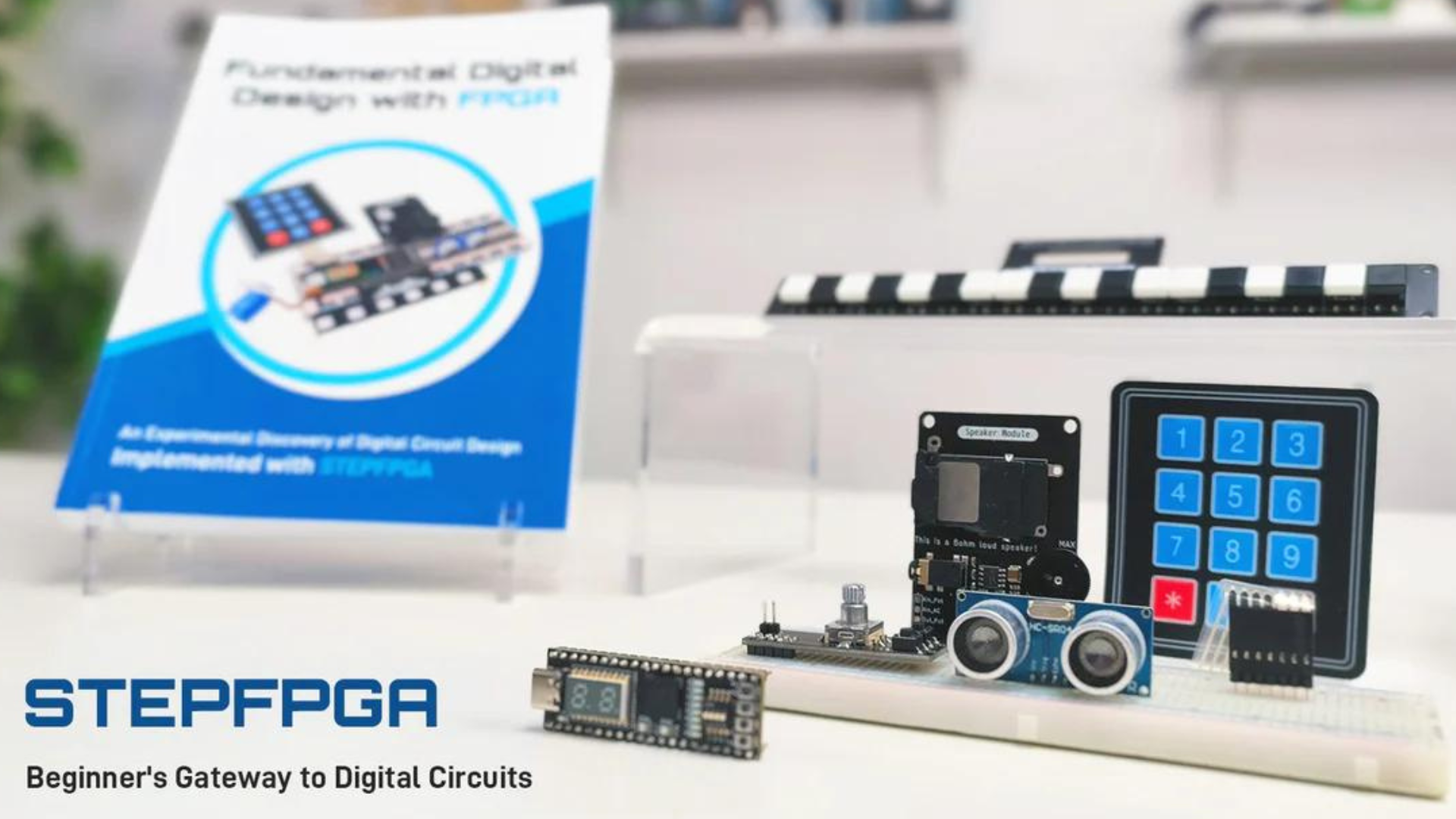Do you use electronic circuit simulator software during the development stage? So far, I have only used simulation a few times, mainly for simulating analog circuits based on operational amplifiers or power-related analysis.
Recently, I have started looking for circuit simulator software available on the market that can be used for circuit simulation, particularly for power supply design (because we are designing MEGO pro in later this year).
One of recent found is EveryCircuit. The software is very user-friendly and truly offers great value for money, like $15 for life use, or $4 for per semester, I will tag some of their amazing gif:


There are also some software programs with 3D animation demonstrations, with fantastic visual effects, such as CRUMB Circuit Simulator. This allows you to intuitively see the components, add MCUs, burn programs online, and display animations: Before using these tools, it's important to understand the advantages and limitations of electronic circuit simulation.
Now, let’s us think about some of the advantages of using a electronic circuit simulator:
- Design and Analysis: Circuit simulator can be used to design and analyze circuits of various scales and complexities, helping engineers improve the performance, reliability, and efficiency of designs.
- Troubleshooting: Circuit simulator can be used to troubleshoot malfunctioning circuits, helping engineers identify the root causes of issues and resolve them quickly and easily.
- Testing New Ideas: Circuit simulation can be used to test new ideas before implementing them in actual circuits, helping engineers avoid costly mistakes and increase the chances of project success.
- Educating Students: Circuit simulation can be used to teach students the principles of electronic circuits, helping them learn the basics of circuit design and analysis without the need to build actual circuits or hardware, saving costs. Especially, students can vividly see the direction of current.
- Researching New Technologies: Circuit simulation can be used to research new technologies and explore new possibilities, helping engineers stay ahead and develop innovative new products.
- Design Verification: Circuit simulation can be used to verify circuit designs before manufacturing, ensuring that circuits work as expected and meet the required specifications.
- Design Optimization: Circuit simulation can be used to optimize circuit designs, improving the performance, reliability, and efficiency of circuits.
- Risk Reduction: Circuit simulation helps reduce the risk of failure for new designs, saving time and money, and ensuring the success of products.
- Accelerating the Design Process: Circuit simulation allows engineers to test and iterate their designs more quickly, speeding up the design process.
- Improving Collaboration: Circuit simulation enables engineers to share designs and collaborate on designs, helping improve collaboration among engineers.




What are some Limitations of Circuit Simulation:
- Accuracy: The accuracy of circuit simulation depends on the accuracy of the models of the circuit components used. These models are often simplified to reduce the computational complexity of the simulation. Therefore, simulation results may not be completely accurate.
- Complexity: The computational cost of circuit simulation can be high, especially for large and complex circuits. This limits the size and complexity of circuits that can be simulated.
- Time: Circuit simulation may take a long time to run, especially for large and complex circuits. This can make real-time analysis of circuits difficult.
- Skills: Circuit simulation requires a certain level of skill and knowledge to be used effectively. Engineers need to understand the principles of circuit design and analysis to use circuit simulation effectively.
- Assumptions: Circuit simulation is based on a set of assumptions about the circuit. If these assumptions are invalid, simulation results may not be accurate.
- Model Availability: Not all circuit components have accurate models available for circuit simulation. This limits the accuracy of simulation results.
Here are some listed simulations with price and if they could be use offline:
|
Software |
Price |
Online/Offline |
|
LTspice |
Free |
Offline |
|
Proteus |
$248, $8622, $6972 |
Offline |
|
PSPICE |
$1500/month |
Offline |
|
TinaTI |
Free |
Offline |
|
MultisimLive |
Free, $9.99/month, $99.99/year |
Online |
|
EveryCircuit |
$15 one-time |
Online |
|
KiCAD |
Free |
Offline |
|
Ideal Circuit |
Free |
Offline |
|
NL5 circuit simulator |
Starts at $400 |
Offline |
|
PartSim |
Free |
Online |
|
Circuit Sims |
Free |
Online |
|
DC/AC Virtual Lab |
Free, $84/year, $799/year |
Online |
|
DoCircuits |
$29/month, $49/month |
Offline |
|
CrcuitLab |
$29/year, $399/year |
Online |
|
OpenCircuit |
Free |
Online |
|
TinaCloud |
$29, $149, $299 |
Online |
|
QUCS |
Free |
Offline |
|
MicroCa 12 (No new updates) |
Free |
Offline |
|
Altium |
$325/month |
Offline |
|
CircuitLogix |
$495 |
Offline |
|
Solve Elec |
Free |
Offline |
|
Simetrix |
Contact sales |
Offline |
|
TopSpice |
Starts at $595 |
Offline |
|
CRUMB Circuit Simulator |
$8.99, $10.98 |
Online |
































